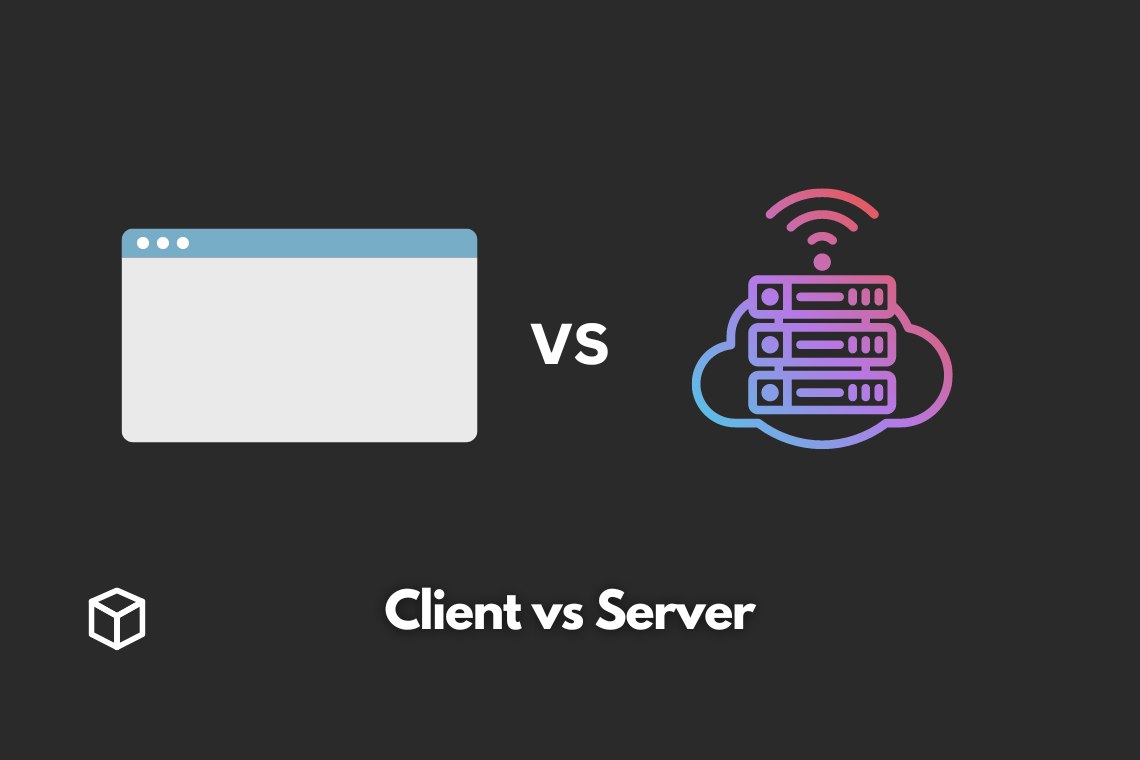A client and a server are both integral parts of a network.
Simply put, a client is a device or program that requests resources or services from a server.
A server, on the other hand, is a device or program that provides resources or services to a client.
The purpose of a client and a server in a network is to facilitate communication and the sharing of resources and services.
Client
A client is a device or program that requests resources or services from a server.
There are many different types of clients, including web clients, email clients, and instant messaging clients.
Web clients, such as web browsers like Google Chrome, Safari, or Firefox, are used to access and view websites on the internet.
Email clients, such as Microsoft Outlook or Mozilla Thunderbird, are used to send and receive email messages.
Instant messaging clients, such as Skype or WhatsApp, are used to send and receive instant messages.
Clients interact with servers by sending requests for resources or services and receiving a response from the server.
For example, when a web client requests a website, the server sends the requested website back to the client.
Server
A server is a device or program that provides resources or services to a client.
There are many different types of servers, including web servers, file servers, and database servers.
Web servers, such as Apache or IIS, are used to host websites on the internet.
File servers, such as Windows Server or Samba, are used to store and share files on a network.
Database servers, such as MySQL or Microsoft SQL Server, are used to store and manage large amounts of data.
Servers interact with clients by receiving requests for resources or services and sending a response back to the client.
For example, when a web client requests a website, the server sends the requested website back to the client.
Client-Server Architecture
The architecture of a client-server system is designed to facilitate communication and the sharing of resources and services.
In a client-server architecture, clients send requests for resources or services to a server, and the server responds by providing the requested resources or services.
Data is exchanged between a client and a server through a process called a request-response cycle.
The client sends a request to the server, and the server responds with the requested information.
This process is repeated as needed to complete the task or exchange of data.
There are many advantages to using a client-server architecture, such as increased security and scalability.
However, there are also some disadvantages, such as the increased complexity and potential for bottlenecks.
Conclusion
In conclusion, understanding the basics of client and server architecture is crucial for anyone working in the technology field.
A client is a device or program that requests resources or services from a server, while a server is a device or program that provides resources or services to a client.
The architecture of a client-server system is designed to facilitate communication and the sharing of resources and services.
Understanding the advantages and disadvantages of using a client-server architecture can help make informed decisions about the design and implementation of a network.
If you want to learn more about client-server technology, there are many resources available online, including articles, tutorials, and courses.
Further, consulting with experts in the field can provide valuable insights and guidance.




